Ceylon Yellow coconut
₹399
The Ceylon Yellow Coconut Palm, a tropical delight, is renowned for its vibrant yellow fruits and graceful stature. Native to Sri Lanka, this palm tree is a popular choice for both commercial and ornamental purposes. Its versatility, hardiness, and aesthetic appeal make it a valuable addition to any tropical landscape.
79 people are viewing this product right now
🔥 10 items sold in last 3 hours
Sold Out!
This product is currently unavailable
The Ceylon Yellow Coconut Palm, a tropical delight, is renowned for its vibrant yellow fruits and graceful stature. Native to Sri Lanka, this palm tree is a popular choice for both commercial and ornamental purposes. Its versatility, hardiness, and aesthetic appeal make it a valuable addition to any tropical landscape.
Key Features & Benefits
- Vibrant Yellow Fruits: The Ceylon Yellow Coconut is prized for its distinctive yellow-hued fruits, which are not only visually appealing but also offer numerous culinary and medicinal uses.
- Graceful Appearance: With its slender trunk and elegant fronds, this palm tree adds a touch of tropical elegance to any outdoor space.
- Hardiness: The Ceylon Yellow Coconut is relatively tolerant of various soil types and climatic conditions, making it a low-maintenance option for many gardeners.
- Commercial Value: The fruits of this palm are used to produce coconut oil, milk, and other valuable products, making it a profitable crop for farmers.
- Environmental Benefits: Coconut palms play a crucial role in coastal ecosystems, helping to stabilize soil and prevent erosion.
Plant Care Guide
Ideal Plantation Locations
The Ceylon Yellow Coconut thrives in warm, tropical climates with ample sunlight. It prefers well-drained, sandy loam soil. Coastal regions with high humidity are ideal for its growth.
Planting & Gardening Instructions
- Location: Choose a sunny location with well-drained soil.
- Soil Preparation: Prepare the planting pit by mixing well-rotted organic matter into the soil.
- Planting: Plant the coconut seedling at the same depth it was growing in the nursery.
- Spacing: Plant the seedlings at a distance of 15-20 feet apart.
Watering
Water the young plants regularly, especially during dry periods. Once established, they can tolerate some drought.
Fertilizers
Apply a balanced fertilizer, such as a 10-10-10 NPK fertilizer, every 3-4 months.
Repotting Instructions
Re-potting is generally not necessary for mature coconut palms. However, young plants may need to be reported as they grow larger.
Fruiting Season
The Ceylon Yellow Coconut typically starts fruiting 5-7 years after planting. The peak fruiting season varies depending on the specific cultivar and climatic conditions.
Usage Ideas
- Ornamental Plant: The Ceylon Yellow Coconut is a popular choice for landscaping and home gardens.
- Commercial Cultivation: It can be cultivated for its fruits, which are used in various culinary and industrial applications.
- Coastal Protection: The palm’s extensive root system helps stabilize soil and prevent erosion.
Care Tips
- Pest and Disease Control: Monitor for common pests like scale insects and mealybugs. Treat infestations promptly with appropriate insecticides.
- Pruning: Remove dead or damaged fronds to maintain the plant’s health and appearance.
- Mulching: Apply a layer of organic mulch around the base of the palm to conserve moisture and suppress weeds.
Only logged in customers who have purchased this product may leave a review.
Related products
Designed, Developed & Maintained by Growww.
Copyright © 2024 Ashok Chakra Nursery

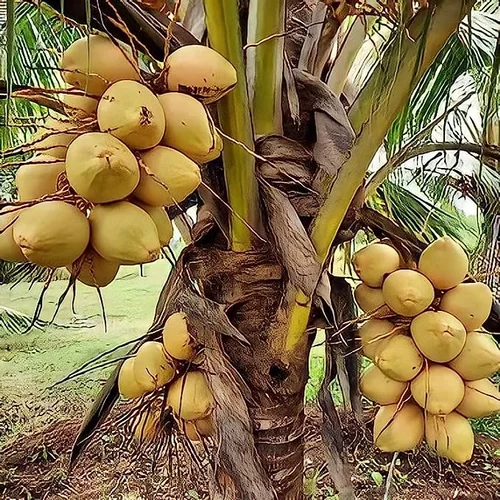
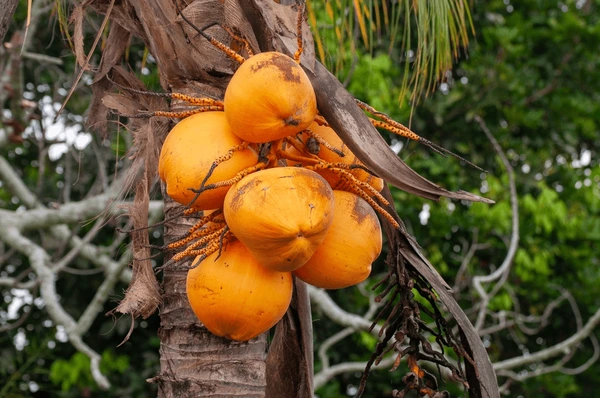
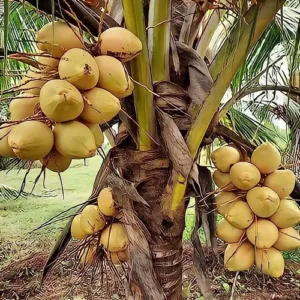
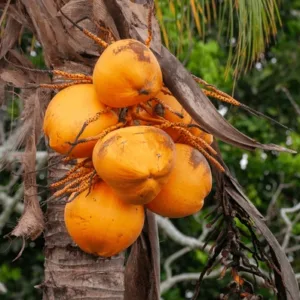
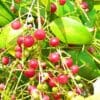
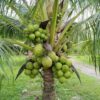
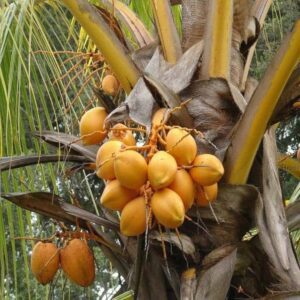
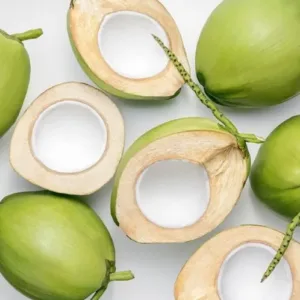
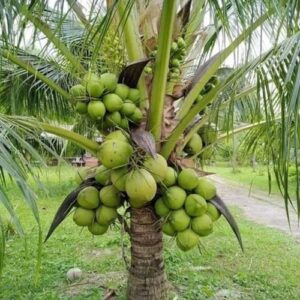
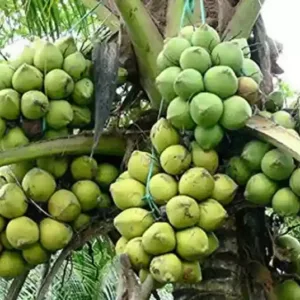
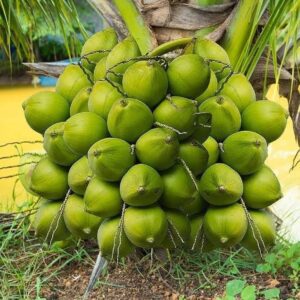
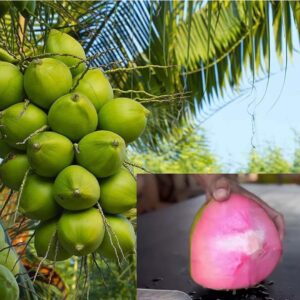
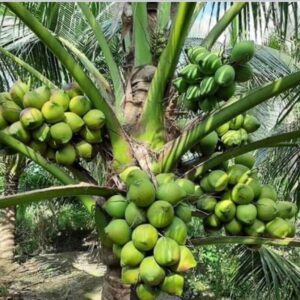
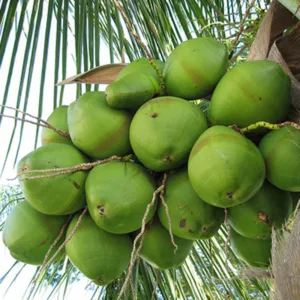
Reviews
There are no reviews yet.